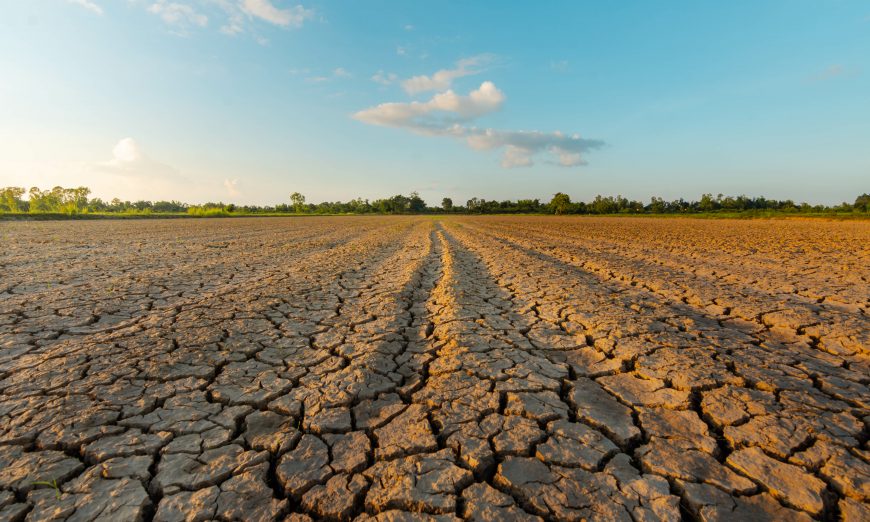Despite efforts to conserve water, the driest January on record has left Santa Clara in a drought emergency.
The looming specter of drought kicked off a joint informational meeting between the Santa Clara City Council and the Santa Clara Valley Water District (SCVWD) Board of Directors Tuesday night. The item stressed the need to continue to conserve water to avoid drastic measures to ensure the City has enough water to operate.
“The more we conserve, the less emergency water we have to purchase,” said Gary Kremen, chair of the Water District Board.
The price of emergency water has quadrupled over the past two years, he said. Although Santa Clara has made strides to conserve water — reducing its use by 8 percent as opposed to the state average of 6 percent — it is still a long way off the 15 percent reduction called for by the District.
Aaron Baker, Chief Operating Officer of SCVWD, said one of the County’s main reservoirs, the Shasta Reservoir, is only 37 percent full, less than half its historical average. The County relies on outside water for nearly half of its water.
The driest January on record has worsened the drought to dire levels, he said. The Board is preparing for the drought to continue and even worsen.
“A miracle March is not going to make up for the last two dry years,” Baker said.
Investing in water-saving technologies and encouraging businesses to make use of rebate programs to eliminate landscaping would go a long way, he said. Businesses can get up to $100,000 in rebates for removing their lawns.
Updates On Infrastructure Projects
The two governing bodies also discussed several regional capital projects. The first of which is retrofitting a local dam. Federal mandates have caused a five-year retrofit of Anderson Dam to take ten years.
Christopher Hakes, Deputy Officer of Dam Safety, said the federal order will require the reservoir to be lowered to its lowest level since 1987 and will cost roughly an additional $80 million due to inflation.
The Council also heard a brief update on the purified water program, which acts as a drought-proof local water source. A public relations campaign, including promotional ads with the San Jose Sharks and San Francisco 49ers and movie theater ads, is underway as well as outreach with other municipalities along the pipeline.
A request for proposal and draft environmental impact report is slated to see completion by spring. Construction of the pipeline is slated for completion in 2028.
Another regional project on the horizon is phase one of the San Francisco Bay Shoreline Project. The $545 million project, a joint project with the Army Corps of Engineers, aims to protect against flooding and sea-level rise. When authorized in 2015, the project was projected to cost $194 million. The first three legs of the project — a levee — are slated for completion in January 2024.
Rechelle Blank, Deputy Operating Officer for SCVWD, said although the Water District has been able to secure more than $60 million in grants, the increase in cost has left the last two legs of the project only partially funded.
Council Member Karen Hardy saw the project as a prudent measure.
“When you have a flood, you should be planning for a drought, and when you have a drought, you should be planning for a flood,” she said. “So, this is forward-thinking. So, this is good.”
Water Rate Increases on the Horizon
Although reducing water use in the wake of the drought is encouraged, the District’s Chief Financial Officer (CFO) said it will also likely contribute to water rate increases over the next few years.
Darin Taylor, CFO for SCVWD, said inflation, emergency water purchases and reduced revenue from a decrease in water use are some of the major reasons why water rate increases are expected.
Depending on a variety of contributors such as how dire the drought proves to be, rates will increase between 15 percent and 22.5 percent in fiscal year 2023. Measures to curb the increase, Taylor said, include transfers from various reserves.
“We are leveraging all available tools to minimize the rate impacts,” he said.
However, with an estimated $67.7 million needed to secure emergency water alone for the next few years, there is only so much that can be done to curb the increase.
The next regularly scheduled City Council meeting is Tuesday, Feb. 22, in the Council Chambers at City Hall, 1500 Warburton Ave. in Santa Clara.
Members of the public can participate in the City Council meetings on Zoom at https://santaclaraca.zoom.us/j/99706759306; Meeting ID: 997-0675-9306 or call 1(669) 900-6833, via the City’s eComment (available during the meeting) or by email to PublicComment@santaclaraca.gov.







